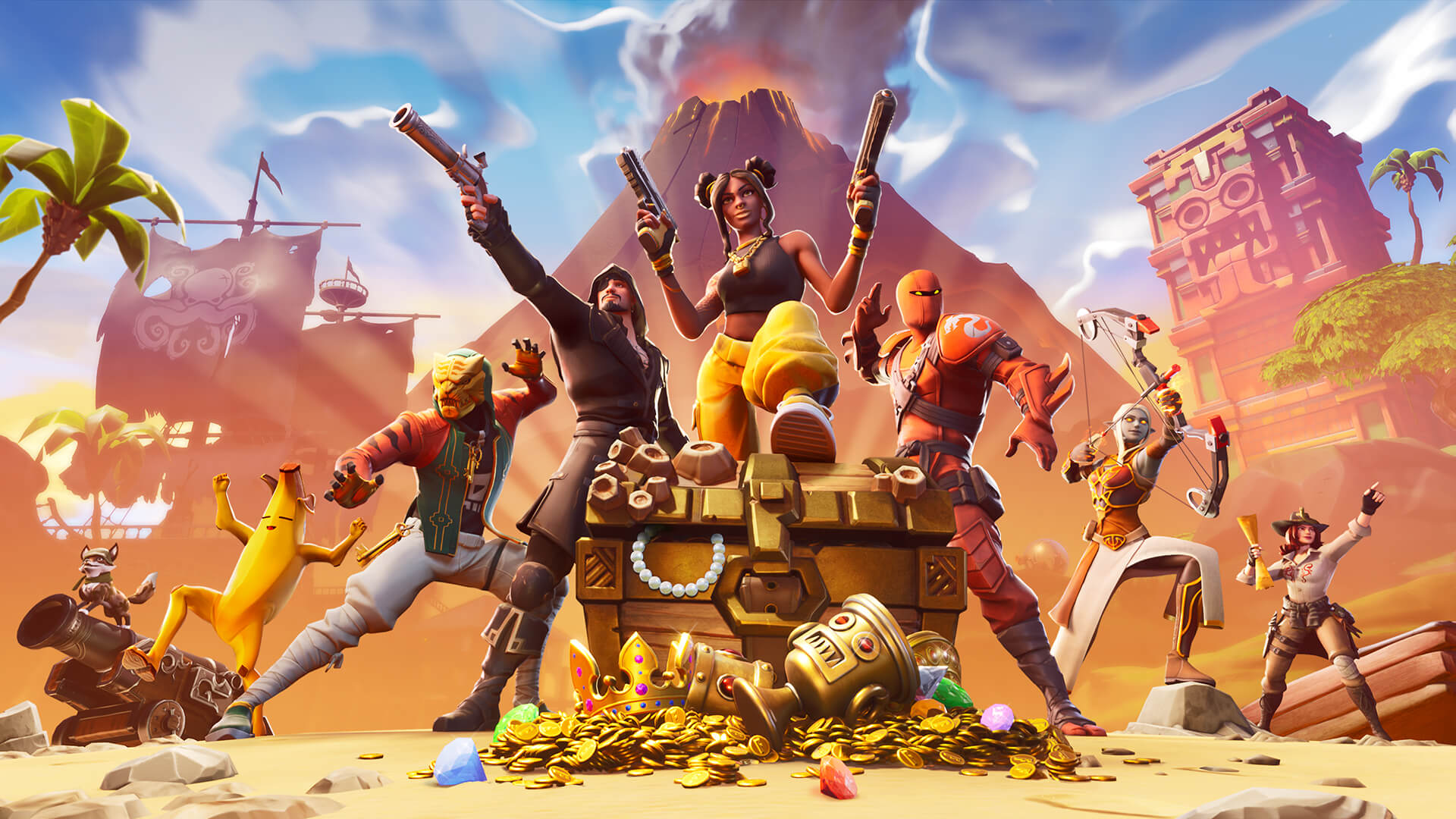Loading...

There is a battle brewing between game/app developers and the app stores that Apple and Google both manage. For a while now, Apple and to some extent, Google have been under pressure to lower their fees for developers to sell their wares on the respective platforms.
There have been numerous recent cries of anti-competitive practices aimed at Apple who takes a 30% cut of app sales (and in-app/game purchases which Google does as well). At first blush, this seems like a decent deal for the developers. Apple built the App Store, provides all the development tools (at no charge) and only asks for a 30% cut of the proceeds, leaving 70% for the developer. A featured app on the App Store has the potential for millions of downloads but there are also millions of apps on these platforms to compete against.
But what happens when a developer (or in the following example, a streaming service with a dedicated app) offers a subscription within the app like Netflix. Should Apple benefit from that as well? Some would argue no since that service can be subscribed to outside of the App Store. What about when it’s an in-game purchase for a cosmetic item, like in Fortnite? The game is free to play and the cosmetic items serve no in-game value other than the appearance of the player’s character. Should those also be subject to the 30% cut? Epic Games, the developer behind the insanely popular game doesn’t think so. Epic also makes $100s of millions of dollars a month on these non-essential digital upgrades and they want to keep that 30% for themselves.
Things came to a head late last week when Epic Games updated their game to side step the platform specific purchasing options (Apple and Google Pay) that would let those items be purchased outside the game, thereby cutting Apple and Google out of 30% of those sales. They also published a video mocking Apple’s ‘gated garden’ by using a parody of Apple’s own 1984 ad (which launched the original Macintosh) in an attack on their policies using Fortnite characters and in-game footage to illustrate their point:
Things quickly escalated from there.
Apple went so far as to remove Fortnite from the iOS and Mac App Stores, essentially cutting off any new downloads of the game. Although at this point, it’s hard to imagine that the interested parties (the game’s players, many of whom are children) don’t already have the game installed – they potentially won’t be able to get future software updates. Google followed suite not long after and removed it from their store, although originally there was quite a long time after the game launched when it wasn’t available on the Google Play Store and users had to side load it themselves which is something not easily done on the Apple iOS platform.
Epic then launched lawsuits at Apple and Google over the game’s removal from the respective app stores. So far, Apple has said it wants to work with Epic but can’t and won’t make exceptions to the pricing structure on the App Store.
This issue is not a new one, and mostly small, independent developers have raised these concerns in the past about the pricing models. Obviously, this time there is a lot more money at stake for both sides with just Fortnite alone, in addition to the repercussions this has across both platforms.
There have been rumours circulating that Epic has been trying to find other companies (such as Spotify) that share their frustration and lobby for change as a coalition against Apple and Google. No official word from any other company as of yet but they may also be waiting to see how this plays out in the courts and public opinion. Fighting over millions of dollars worth of non-essential items in a video game has the potential to have no winners when the dust settles.
Apple has given Epic until August 28th to update their game (and comply with the developer guidelines for in-game purchases) or it will remove Epic from the developer program completely.
Things are developing rapidly and it wouldn’t be unusual if the government steps in to address the anti-competitive issues at play here.

To ‘GetConnected’ to our newsletter, fill out the details and hit the ‘SUBSCRIBE’ button. We do require you to confirm your email.